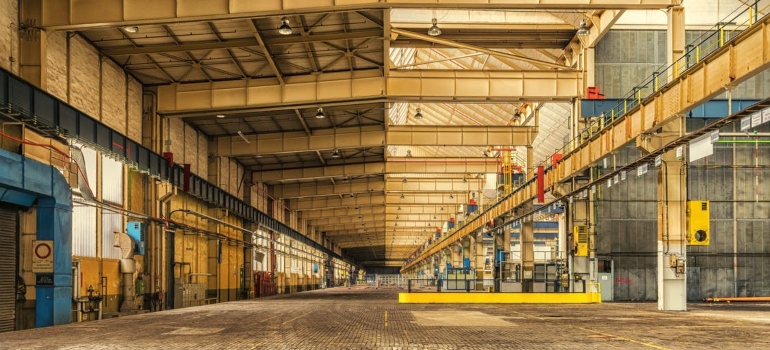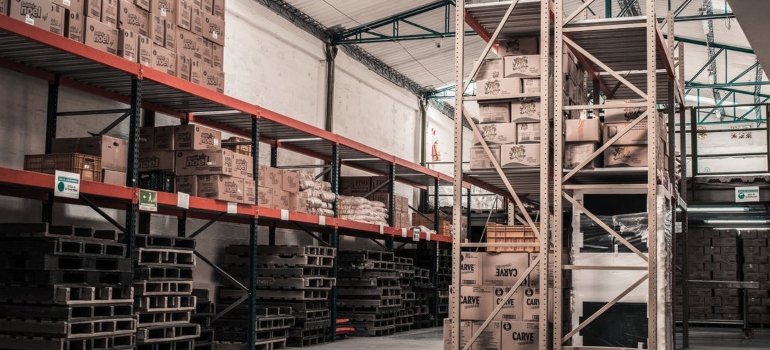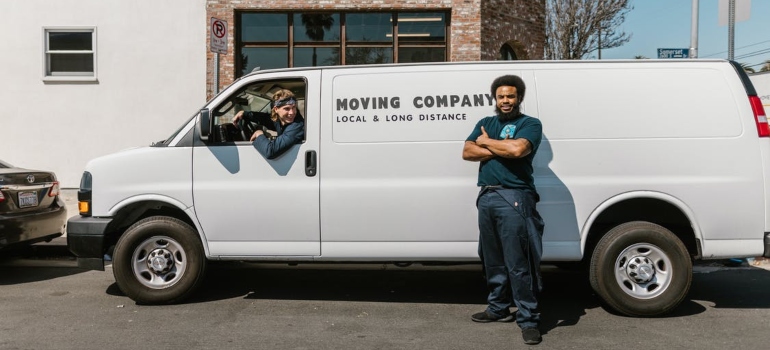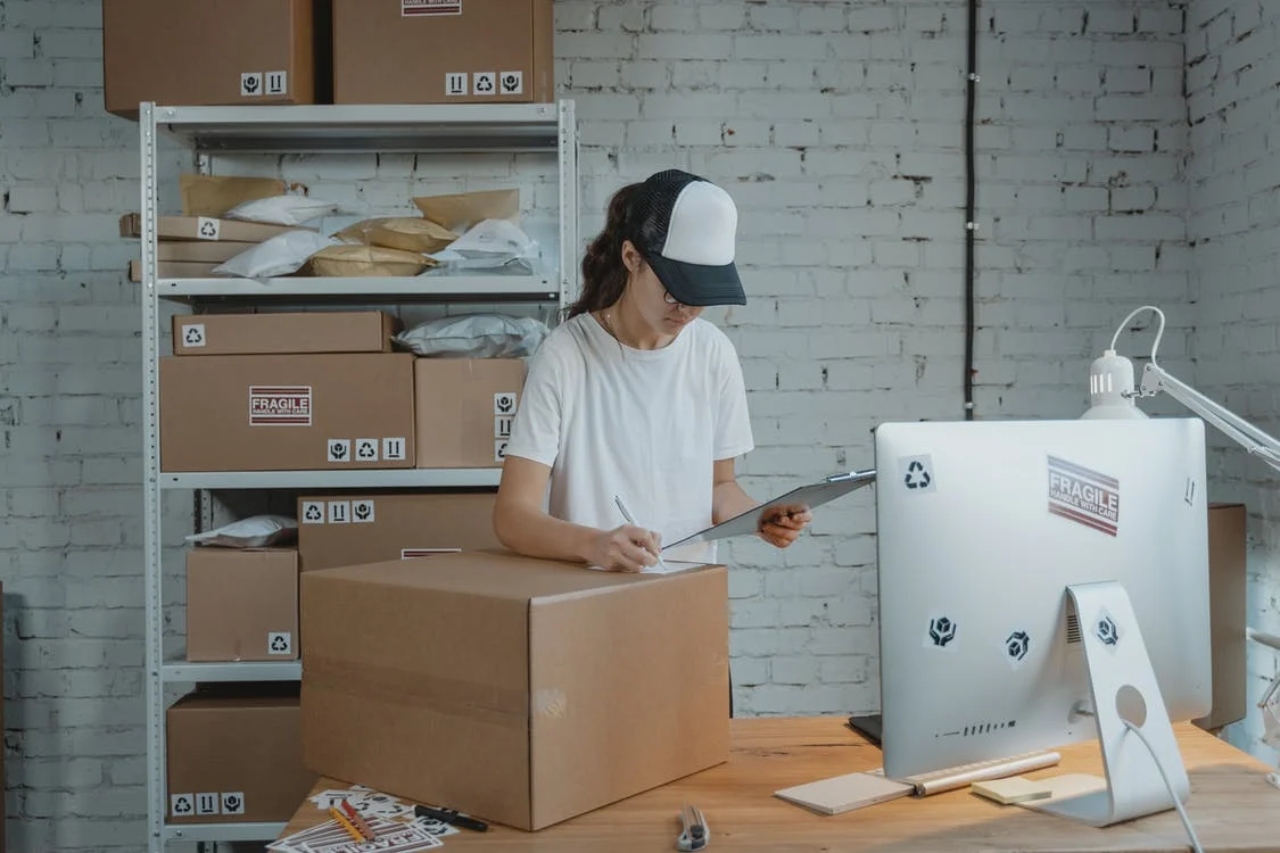When people decide to move, many of them get very excited. But that excitement soon changes into something very different. People start to feel overwhelmed about everything they have to do in order to relocate. Sure, it doesn’t help that many emotions come into play. So you have to know that you should take any help possible. This is especially true if you are planning to move to another state or so. We strongly advise you to take into consideration hiring long distance moving companies Baton Rouge if that is where you are moving to. The experienced moving company will know how to help you and will suggest providing you with some information. You can ask them anything, like what is the difference between storage units vs. moving containers.
What is the difference between storage units vs. moving containers?
Many people find out how helpful storage is just when they decide to move. And we want you to help us realize what is the difference between storage units vs. moving containers. Also, don’t hesitate to ask one of the long distance moving companies Lake Charles (if you are moving there) about anything that isn’t just clear to you. Also, find out the different kinds of services that storage companies can offer you. And we are sure that you will find just the right one for yourself.

What is a moving container?
A moving container is a steel-framed and also waterproof box that can stand outdoors for a long period of time during your moving process. They come with a lock and a key so that you can lock your items in there. You can order a moving container in different sizes, depending on your needs. Some moving companies will be able to offer containers from wood, but still with a waterproof covering. In the smallest one, you can put items from a small furnished apartment. Larger ones can hold things from three or four bedrooms’ worth of furniture.
So you may wish to rent more than one moving container for your belongings. Some companies will allow you to rent as many containers you want, but charge you only those that you end up using. This strategy can be a smart solution if you are not sure about the number of containers you need.
Storage unit
On the other hand, a storage unit is a space in the interior or closed structure that has only one use – storage. It often isn’t equipped with any type of amenities. However, some units can have sam rudimentary structures that fluctuate and are made from sheet metal. Since they have a far more advanced structure compared to moving containers, they could have also some climate-controlled conditions that you can use for some special items that need those conditions.
Should you rent a moving container or a storage unit?
A storage unit can be a really good solution for people who decide to use it for a longer period of time. If you have some items that don’t fit in your new home or you use them seasonally only, this will be a wonderful solution. Of course, this applies also to those fragile items you need to keep in special conditions. That can be a musical instrument, some important documents, or some antique items that could be damaged by the teeth of a time.

On the other hand, moving containers are a good solution when you decide to relocate and you need to put your items for some time. It is actually very rare that your moving date matches the date when you have to move out of your old home. So having a lot of things that you don’t know where to put is real trouble. So don’t overthink it, try to find someplace to crash for a while and rent a moving container for all your items.
Why you should hire movers?
It is true that you can handle it all by yourself. But that will be possible if you are so well organized and have a ton of time to do it. And let’s be honest, that is often just not the case. So having someone who can give you a hand for the part of it will be a gamechanger. If you have someone who can recommend you a reliable company, that will make it easier for you and save you some time. But this is often not the case, so you will have to do your own research. If you are moving to Shreveport, you should look for the long distance moving companies Shreveport oriented.

Another option would be to look for a moving company from the place where you live now. So if that is Lafayette, search through long distance moving companies Lafayatte. Maybe one of your neighbors already has some information about the reliability of those movers. Or you can just go to their office, look what kind of equipment they have and if their movers have certificates that are required.
Storage units vs. moving containers – do you know the difference now?
In order to support your relocation, we tried to provide you with some vital information. If you never moved before, it is quite logical that this is a new field for you. You will have to learn some new terms and understand services and conditions you never used before. So we do hope now that you know the difference between storage units vs. moving containers and that you’ll be able to choose just the best thing for yourself and your relocation. As you can see, this is the time to feel free to ask for help and ask about everything you don’t know. There are people who know a lot about relocation and have experience in this field. They will be happy to partner up with you on your way to moving to a new place. So use it and make it easier for yourself.




